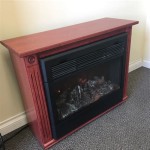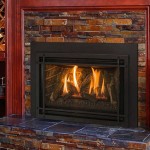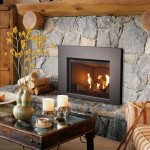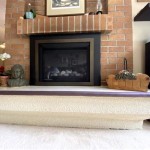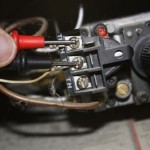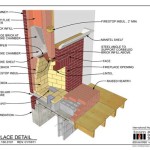Are Ventless Fireplace Inserts Safe?
Ventless fireplace inserts, also known as direct-vent fireplaces, offer a convenient and visually appealing way to add warmth and ambiance to a space. However, concerns about their safety have emerged, prompting many homeowners to question their suitability. This article aims to provide a comprehensive overview of ventless fireplace inserts, including their safety features, potential risks, and guidelines for safe operation.
Understanding Ventless Fireplace Inserts
Ventless fireplace inserts are designed to be installed directly into an existing fireplace opening, eliminating the need for a traditional chimney. They feature a sealed combustion chamber that burns fuel, typically natural gas or propane, and releases heat directly into the room. The absence of a chimney means that combustion byproducts, such as carbon monoxide and other gases, are released directly into the living space.
While ventless fireplaces offer convenience and aesthetics, their lack of a chimney raises concerns about potential health risks. The primary concern revolves around carbon monoxide (CO), a colorless and odorless gas that can be lethal if inhaled in high concentrations. In traditional fireplaces, CO is vented safely through the chimney, but in ventless units, it is released into the room, potentially reaching dangerous levels.
Safety Features and Regulations
To mitigate the health risks associated with ventless fireplaces, manufacturers have incorporated safety features and regulations are in place to guide their production and use.
Most ventless fireplace inserts are equipped with an oxygen depletion sensor. This sensor monitors the oxygen levels in the room and automatically shuts down the fireplace if oxygen levels fall below a safe threshold. This feature helps prevent a buildup of CO and other harmful gases.
Additionally, ventless fireplaces must meet safety standards set by organizations like the National Fire Protection Association (NFPA). These standards specify requirements for combustion efficiency, CO emissions, and other safety features to ensure that the units operate safely.
However, these safety features are not foolproof. The effectiveness of the oxygen depletion sensor can vary depending on the unit's design and the size of the room. Additionally, the NFPA standards are not always enforced consistently, and some units may have been manufactured before safety regulations were implemented or may not comply with current regulations.
Potential Risks and Precautions
Despite ongoing efforts to enhance their safety, ventless fireplaces still pose potential risks.
Carbon Monoxide Poisoning
The most significant risk is carbon monoxide poisoning. Even with oxygen depletion sensors, CO can still accumulate in the room, especially if the fireplace is used for extended periods or in poorly ventilated spaces. Symptoms of CO poisoning include headache, dizziness, nausea, and fatigue. In severe cases, it can lead to unconsciousness and death.
To minimize the risk of CO poisoning, it's crucial to have a working carbon monoxide detector in the same room as the ventless fireplace. This detector will sound an alarm if CO levels rise to dangerous levels, allowing you to take immediate action to ventilate the room.
Improper Installation and Maintenance
Improper installation or maintenance can also lead to safety hazards. Ventless fireplaces should only be installed by a qualified professional who ensures proper venting and clearances are maintained. Regular maintenance, including cleaning the combustion chamber and checking the oxygen depletion sensor, is essential to prevent malfunction.
Other Considerations
Ventless fireplaces should not be used in rooms with limited ventilation, such as small bedrooms or bathrooms. They also require adequate fresh air intake, so it's vital to keep doors and windows open during use. Overheating is another concern. Ventless fireplaces can significantly increase the temperature in a room, potentially posing a fire hazard if flammable materials are placed nearby.
Before purchasing a ventless fireplace insert, it's essential to research and consider the potential risks. Consult with a qualified professional to determine if a ventless fireplace is suitable for your home and to ensure proper installation and maintenance.
.aspx?strip=all)
Ventless Fireplaces Explained Safety Of Vent Free Fires

Are Vent Free Gas Fireplaces Safe Ventless
:max_bytes(150000):strip_icc()/ventless-gas-fireplaces-4160746-hero-f9d4bdcd9bd446eb84406de306f790ba.jpg?strip=all)
How To Pick Out A Ventless Gas Fireplace

Are Ventless Gas Fireplaces Safe Smokeyembers Com

Considering A Ventless Gas Fireplace Here S What You Need To Know Bob Vila

A Ventless Gas Fireplace Doesn T Belong In Your Home Greenbuildingadvisor
.aspx?strip=all)
Ventless Fireplaces Explained Safety Of Vent Free Fires

Are Vent Free Gas Fireplaces Dangerous

Ventless Gas Fireplace Propane

Are Vent Free Gas Fireplaces Safe Ventless
Related Posts


